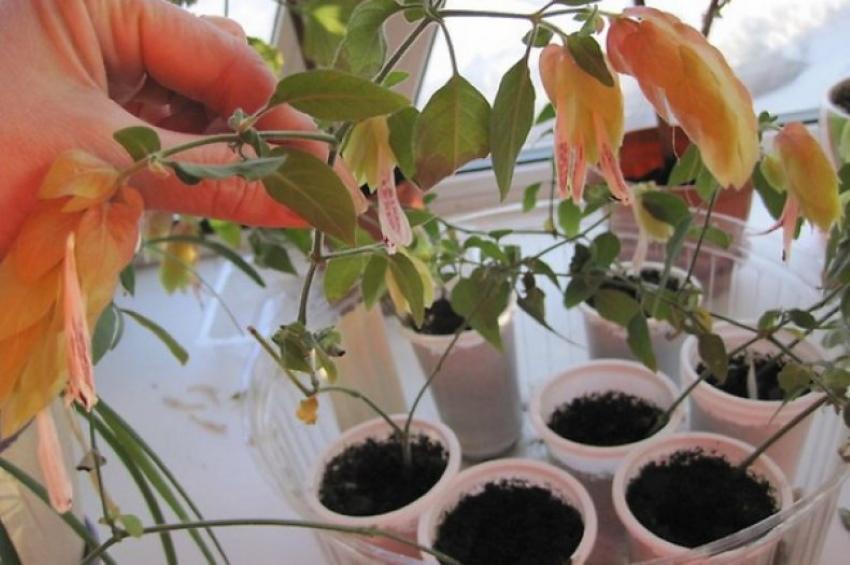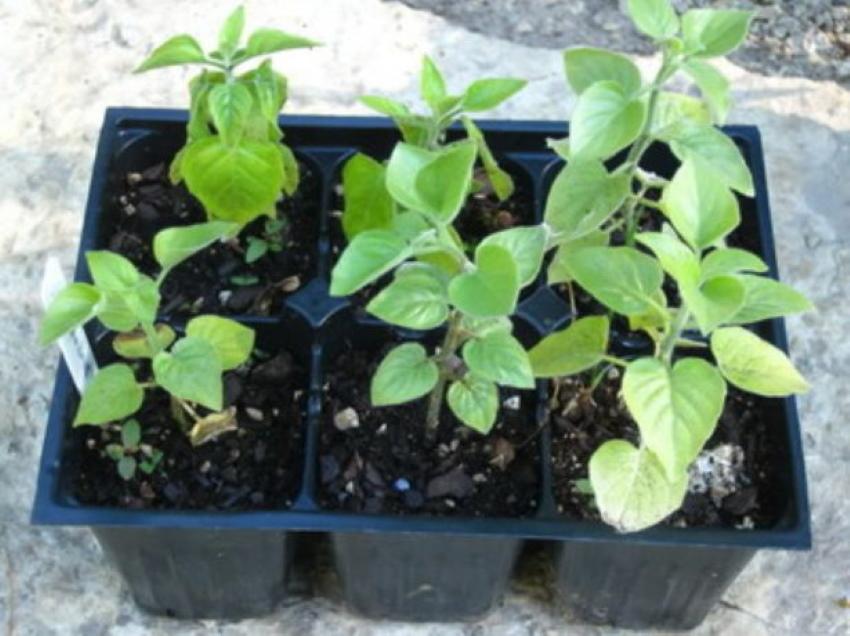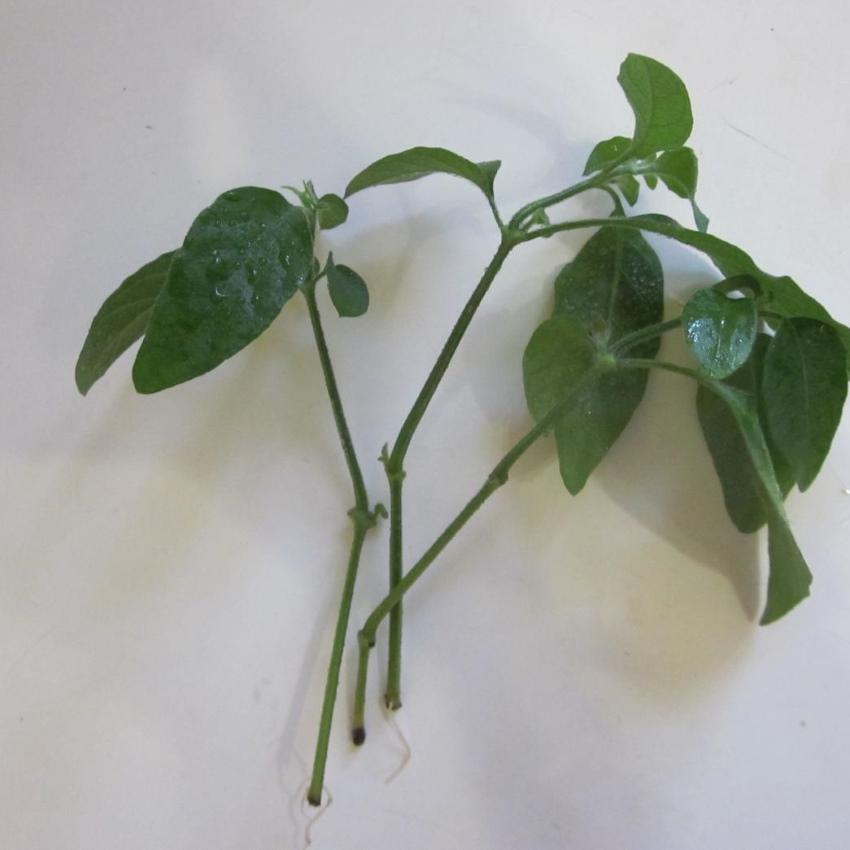Reproduction of beloperone - how to quickly get new flowers - shrimp
 The flower is a shrimp, as the people call the white perone for the unusual shape of the bracts of a long drooping inflorescence. The orange tails of the curved spikelet are indeed very similar to the tails of shrimp. Reproduction of beloperone at home is carried out using seeds or cuttings. Both methods are quite simple, and even a beginner can handle them. However, there are still some nuances. We will talk about them today.
The flower is a shrimp, as the people call the white perone for the unusual shape of the bracts of a long drooping inflorescence. The orange tails of the curved spikelet are indeed very similar to the tails of shrimp. Reproduction of beloperone at home is carried out using seeds or cuttings. Both methods are quite simple, and even a beginner can handle them. However, there are still some nuances. We will talk about them today.
How to grow beloperone from seeds

The planting process itself is standard for growing any flower seedlings:
- Prepare small cups (it is more convenient to plant large seeds immediately in a separate bowl). Place a handful of expanded clay at the bottom for drainage.
- Fill the containers with a light substrate, such as a mixture of 4 parts earth (leaf) and 1 part sand.
- Moisten the soil liberally by spraying.
- With a pencil, make a depression about 5 cm, place one pea and cover with soil.
- Place the cups in a transparent tray with a lid or cover each with plastic wrap to create a greenhouse. So the seedlings will appear faster. Ventilate and spray daily.
- Keep crops under the foil until shoots appear. The optimum temperature for germination is not lower than 20 ° C.
Transplant the grown seedlings into larger pots.
When sowing seeds, keep in mind that young plants do not retain varietal characteristics. So, instead of yellow white perone, you can get orange.
Propagation of white perone by cuttings
 This is a quicker way to breed a plant, and, unlike seeds, it can be carried out all year round. But it will be more convenient to do this in the spring, when you have branches after cutting off an adult bush. Moreover, these should be annual, not lignified shoots. Cut them into cuttings at least 15 cm long and with multiple buds. The lower part can be pre-processed Kornevin, but the white-perone takes root so willingly.
This is a quicker way to breed a plant, and, unlike seeds, it can be carried out all year round. But it will be more convenient to do this in the spring, when you have branches after cutting off an adult bush. Moreover, these should be annual, not lignified shoots. Cut them into cuttings at least 15 cm long and with multiple buds. The lower part can be pre-processed Kornevin, but the white-perone takes root so willingly.
The timing of cuttings plays a role for the future flowering of young bushes. Plants obtained from winter and spring cuttings will bloom in the current season. If you cut a flower in summer or autumn, then the buds will appear only next year. This is the peculiarity of cuttings.
Cuttings can be rooted either in water or directly in the substrate. In the latter case, prepare a looser soil mixture than for germinating seeds. Mix 1 part sand and peat and add 0.5 part perlite. After about 3 weeks, the stalk will form its roots and begin to grow new branches. When the bush stretches out a little, pinch the top so that it branches.